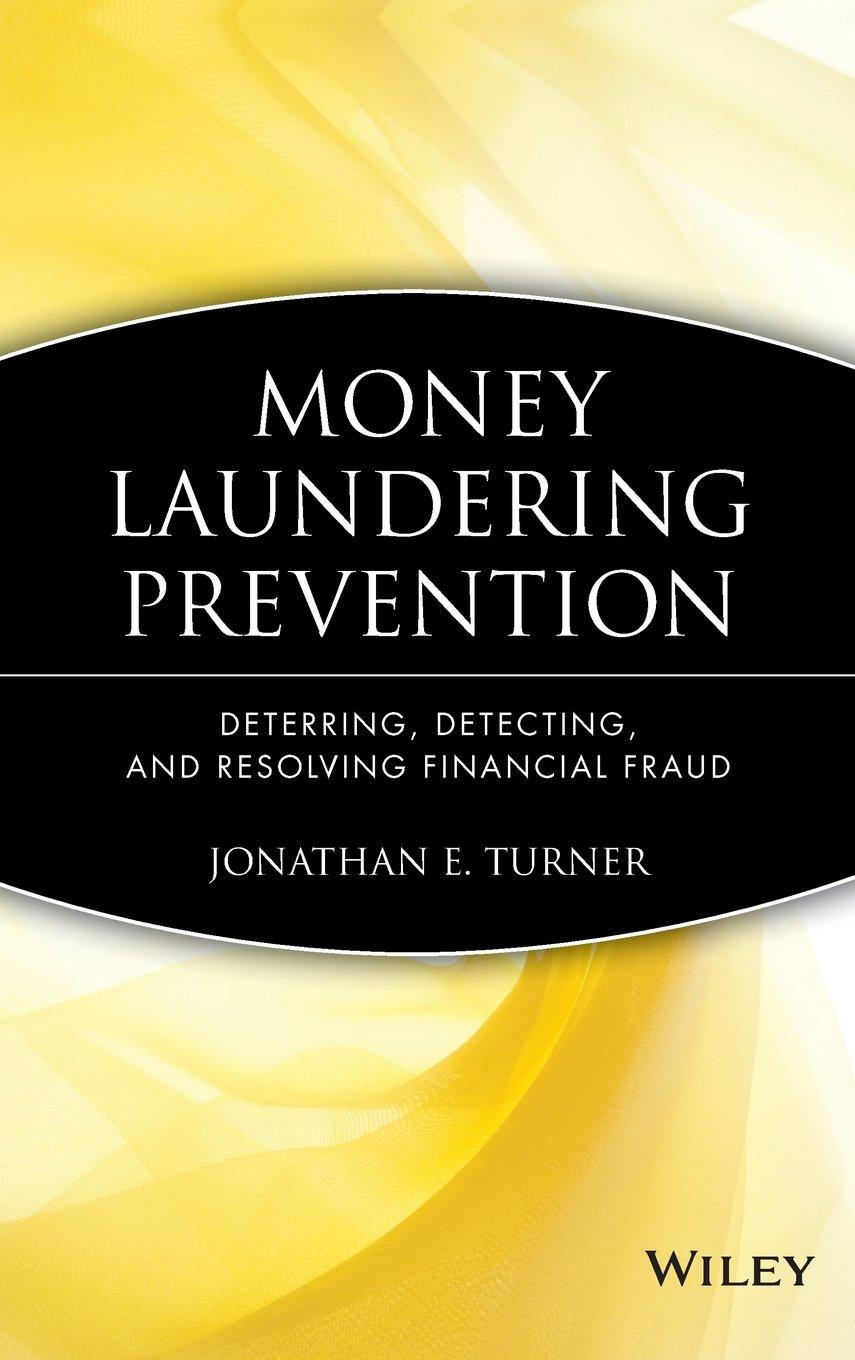Can you please provide a detailed examination as I need to understand it for an exam. Thank you so much.

ACC 508 EOQ Practice Problem 4 XYZ Corporation manufactures and sells a variety of products. One of those products, Product #24, requires significant set up time. The estimated setup cost for each production run is $33,750. The annual demand is expected to be about 360,000 units and it is expected to cost about $3.00 to maintain a single unit in inventory for one year 1. The $3.00 inventory holding costs include warehouse space, insurance, and some handling cost. Someone at XYZZ has just asked whether anyone has thought about obsolescence, shrinkage, or the cost of capital? On top of the setup cost, XYZ has about $24 in direct cash cost invested in each unit produced. XYZ's cost of capital is 8% Obsolescence is not an issue, but further investigation reveals that annual shrinkage could run as high as 5%. After considering this additional information, what is the optimal batch size? How may batches should they produce in a year (round to the nearest reasonable whole number)? What are the annual setup costs? What are the annual holding costs? 2. What would be the costs of failing to recognize the additional holding costs? I.e., if you produced in the batch sizes calculated in #1 but incurred the true holding costs calculated in #4, how much more would it cost than the total cost calculated in #4? 3. Going back to the information in # 1, ie., the $3.00 per unit holding cost, what is the maximum that XYZ could spend 10,000 units each? on each setup and economically produce in batches of 4. What would be some of the qualitative advantages of producing in smaller batches? What steps might XYZ take to reduce the setup cost? ACC 508 EOQ Practice Problem 4 XYZ Corporation manufactures and sells a variety of products. One of those products, Product #24, requires significant set up time. The estimated setup cost for each production run is $33,750. The annual demand is expected to be about 360,000 units and it is expected to cost about $3.00 to maintain a single unit in inventory for one year 1. The $3.00 inventory holding costs include warehouse space, insurance, and some handling cost. Someone at XYZZ has just asked whether anyone has thought about obsolescence, shrinkage, or the cost of capital? On top of the setup cost, XYZ has about $24 in direct cash cost invested in each unit produced. XYZ's cost of capital is 8% Obsolescence is not an issue, but further investigation reveals that annual shrinkage could run as high as 5%. After considering this additional information, what is the optimal batch size? How may batches should they produce in a year (round to the nearest reasonable whole number)? What are the annual setup costs? What are the annual holding costs? 2. What would be the costs of failing to recognize the additional holding costs? I.e., if you produced in the batch sizes calculated in #1 but incurred the true holding costs calculated in #4, how much more would it cost than the total cost calculated in #4? 3. Going back to the information in # 1, ie., the $3.00 per unit holding cost, what is the maximum that XYZ could spend 10,000 units each? on each setup and economically produce in batches of 4. What would be some of the qualitative advantages of producing in smaller batches? What steps might XYZ take to reduce the setup cost







